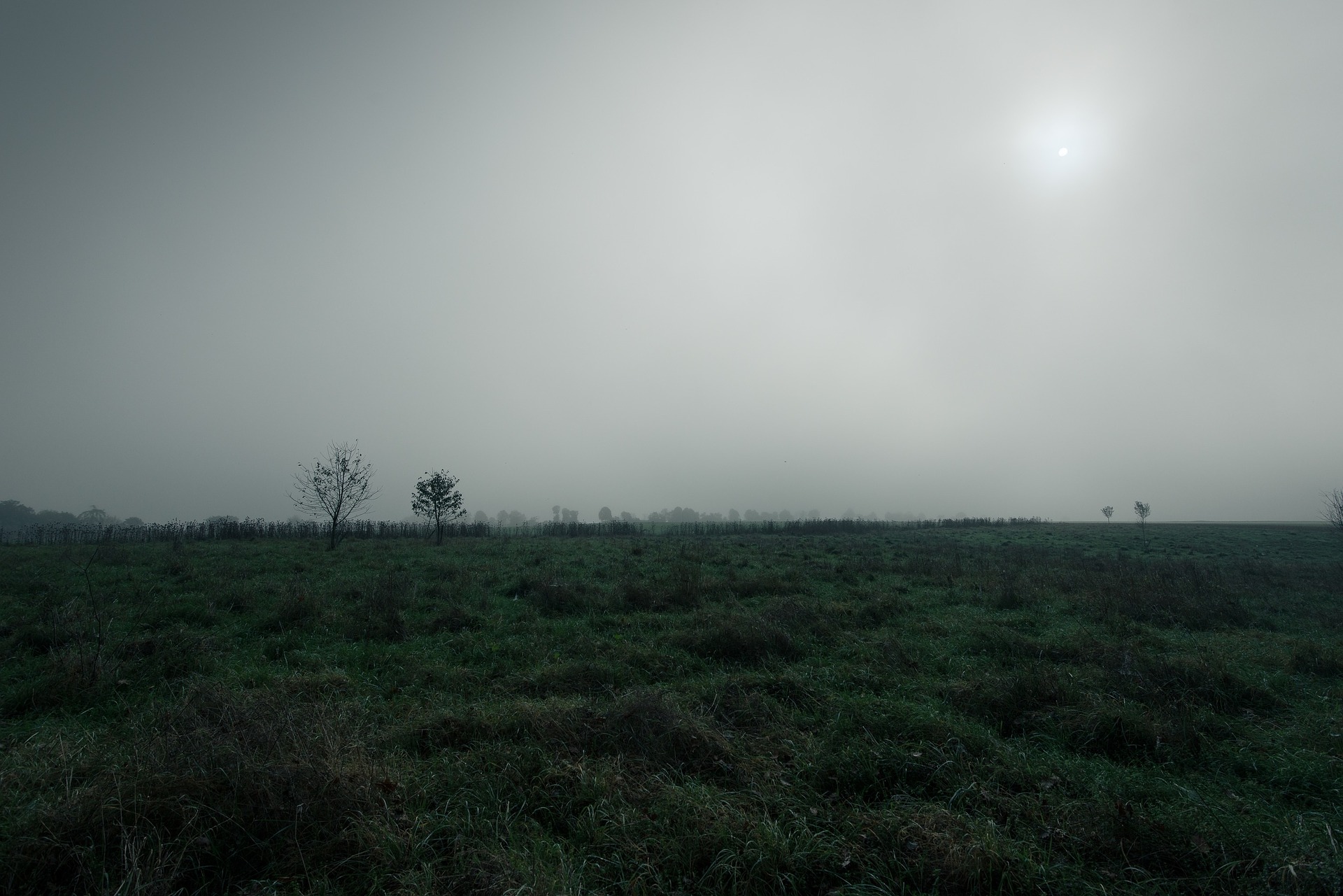
This was originally patron-only content posted to patreon in October 2019.
So I’ve been planning Tombtown Book 2 (tentatively titled PARCHMENT & PALADINS) for National Novel Writing Month and when people ask me about it, they always have specific questions about how certain aspects of worldbuilding work.
And the thing is, if it came up in something I’ve already written (or wasn’t in the text but did explain the way something I’d written happened), then I know it. But for all the new content in Book 2, I don’t.
I plan my stories but that’s the thing — I plan the story. Worldbuilding, for me, is entirely aesthetic until I’m actually writing. This is because I worldbuild in response to the story and it’s needs.
I want the story not to be something stapled to a creative setting. I want them to be completely entwined and difficult to separate. That’s why there are lost magicks in BOOKS & BONE — because of the emotional need for Ree to be searching for something that might not exist. That’s why the Black Oath exists — because there needed to be something to bring out the darker side of Smythe. And honestly, that’s why Tombtown exists — because I needed a setting that both highlighted the flaws of necromancer society and underlined their volunerability and capability for community and kindness (something I intend to grow with every book).
So instead of panicking when people tell me ‘You need to worldbuild more before you can start your novel’, I’m going to stick with the method I know works and yields the results I want. I’ll give myself a vague picture of the aspects I need, but then I’ll try to follow the emotional beats of the story and tie the worldbuilding (Vampires, Paladins or otherwise) into that.
